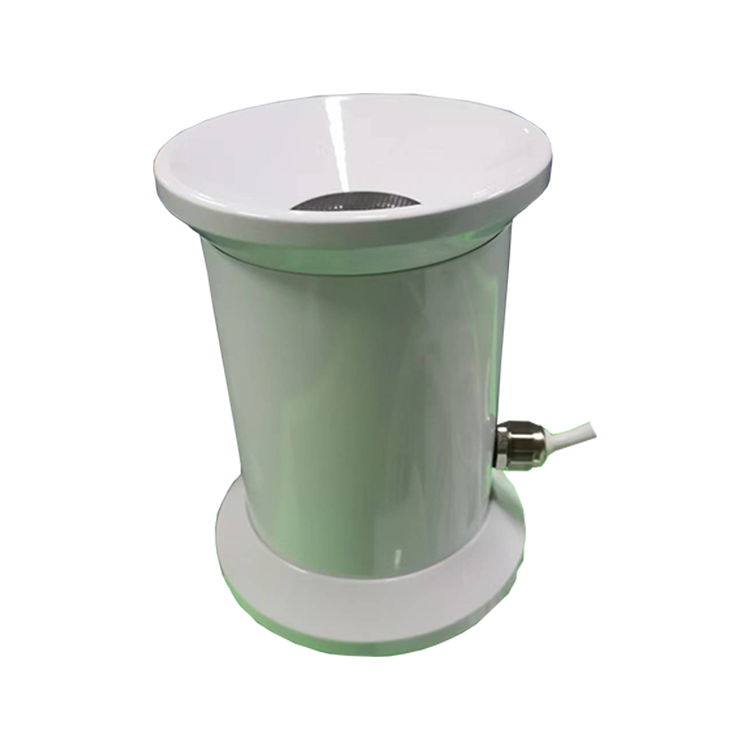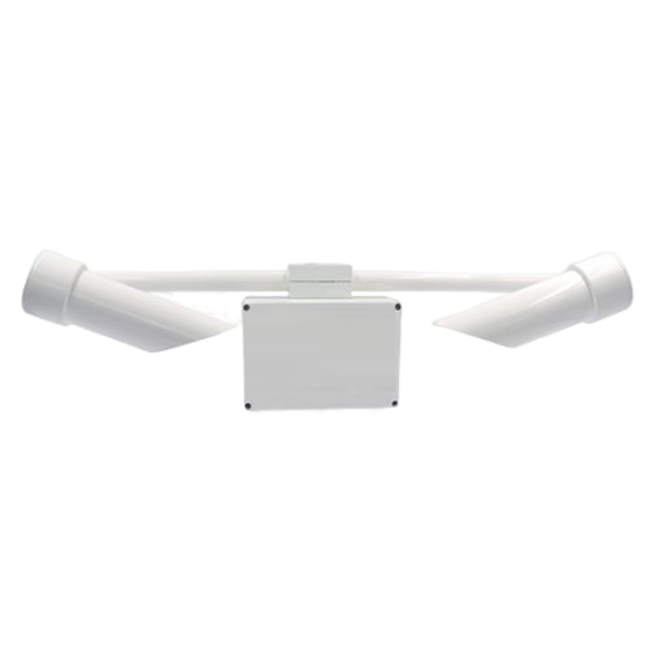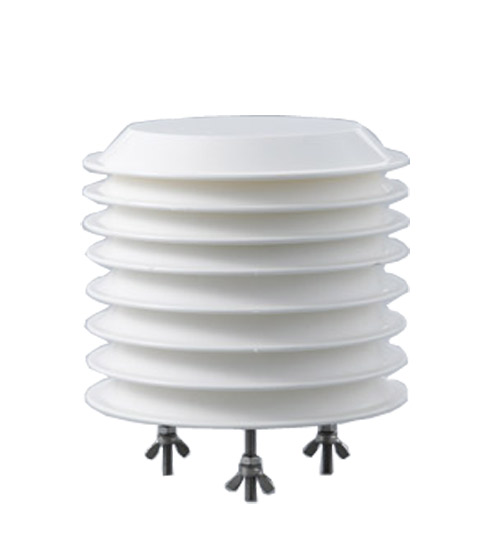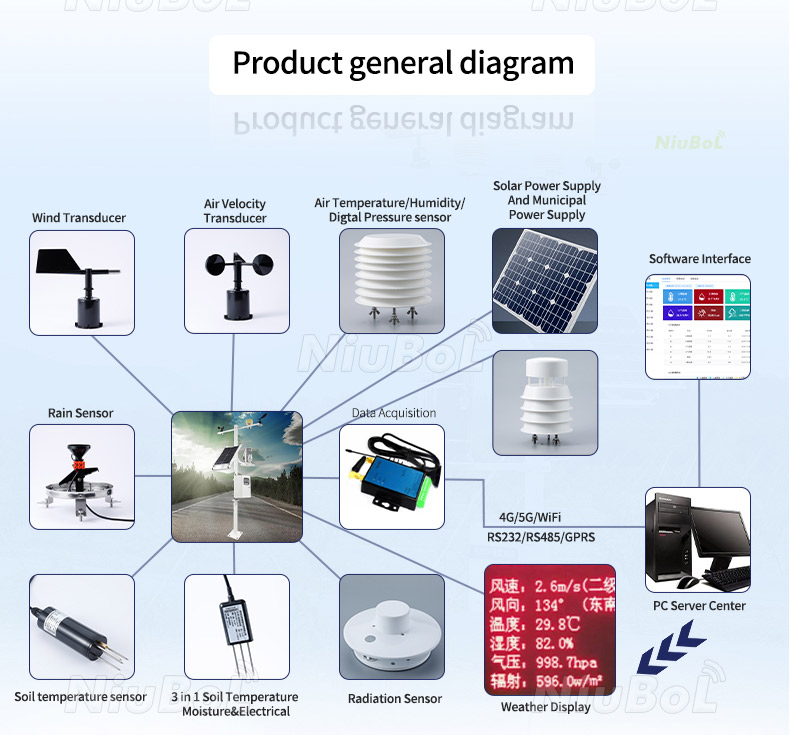

— Blogs —
—Products—
 Consumer hotline +8618073152920
Consumer hotline +8618073152920 WhatsApp:+8615367865107
Address:Room 102, District D, Houhu Industrial Park, Yuelu District, Changsha City, Hunan Province, China
Product knowledge
Time:2024-08-25 15:05:54 Popularity:2511
Weather station equipment refers to a series of instruments and equipments used to monitor and record various meteorological elements, which constitute the foundation and guarantee of meteorological observation and are crucial to meteorological scientific research and meteorological services. These equipments can comprehensively and accurately measure and record a variety of meteorological parameters such as air temperature, humidity, barometric pressure, wind speed, wind direction, precipitation, solar radiation, etc., which provide important data support for weather forecasting, climate research, agricultural production, environmental protection and other fields.
 |  |  |  |  |
| Anemometer Wind Speed sensor | Wind direction sensor | Tipping bucket rain gauge sensor | Tipping bucket rain gauge sensor | Ultrasonic Snow Depth Sensor |
 |  |  |  |  |
| Atmospheric Temperature Humidity air pressure Sensor | ultrasonic wind speed and direction sensor | 5 in1 Ultrasonic Weather Station Sensor | Visibility sensors | 7 in1 Ultrasonic Weather Station Sensor |
 |  |  |  |  |
| Carbon dioxide sensor | Solar Radiation Sensor | Rain and snow sensor | illumination sensor | Soil Moisture Temperature sensor |
Role: Measure the temperature of the air, which is one of the most basic elements in meteorological observation, and display it in Celsius or Fahrenheit.
Value: By accurately measuring the temperature, the thermal condition of the atmosphere can be understood, providing an important basis for weather forecasting and climate analysis. In agriculture, it helps farmers to rationally arrange farming activities, such as sowing, irrigation and fertilizer application, according to temperature changes.
Role: Measure the humidity of the air, i.e. the amount of water vapor in the air, and provide data in the form of relative humidity (RH%).
It has a wide range of applications in industrial production, warehouse management, healthcare, etc., such as controlling environmental humidity to ensure product quality or comfort.
Value: Humidity has a significant impact on weather changes, human comfort, agricultural production, etc. Data from humidity sensors can help to more accurately predict weather and assess environmental conditions.
3. Barometric Sensor
Role: Measures changes in atmospheric pressure, usually measured in hectopascals (hPa).
Value: Changes in barometric pressure are closely related to the movement and evolution of weather systems and are an important reference factor in weather forecasting.
It improves the accuracy of weather forecasting, especially for strong convective weather (e.g. heavy rain, thunderstorms).
In aviation and navigation, barometric pressure data is a key factor in ensuring the safety of flight and navigation.
Function: Measures wind speed, the speed of air movement, providing data in units of speed such as meters per second (m/s) or miles per hour (mph).
Value: Wind speed data is important for assessing wind energy resources and predicting extreme weather events such as storms and hurricanes. It has important applications in wind power generation, urban planning, environmental monitoring, and other fields.
Role: Measurement of wind direction, i.e., the direction of air flow, usually expressed in terms of angle or bearing (e.g., north, east, south, west).
Value: Widely used in navigation, aviation, agriculture and other fields.
It provides information on wind direction for navigation and aviation to ensure the safety of navigation and flight.
In agriculture, wind direction data helps to assess the impact of wind on crops, such as spreading pests and diseases and affecting pollination.
Role: Measurement of precipitation, including precipitation in the form of rain, snow, etc., usually measured in millimeters (mm).
Value: precipitation data for hydrological forecasting, agricultural irrigation, urban drainage, etc. have important application value.
Function: Measure the depth of snow. Ultrasonic snow depth sensors calculate snow depth by measuring the propagation time of ultrasonic waves in the snow layer.
Value: Snow depth data is important for assessing snow risk and developing snow removal plans.
It provides data support for winter road maintenance to ensure traffic safety.
In weather forecasting, snow depth data is an important basis for assessing the risk of snowstorms.
Role: Identifies the type of precipitation (rain or snow) and measures the amount of precipitation.
Value: Rain and snow sensors can provide information on precipitation type and precipitation amount at the same time, which helps to understand weather conditions more accurately and provides important reference for transportation, agriculture and other fields. Improve the accuracy of flood warning and reduce disaster losses. Provide precipitation data support for agricultural irrigation and optimize the use of water resources.
Role: Measure the intensity of solar radiation, including total radiation, direct radiation and scattered radiation, etc., usually in watts per square meter (W/m²).
Value: Solar radiation data is valuable for assessing solar energy resources, studying climate change, etc.
It provides real-time radiation data for solar power generation and optimizes power generation efficiency.
In climate research, solar radiation data is a key factor in understanding the Earth's energy balance and climate change.

Role: Measure parameters such as temperature, humidity and conductivity of soil, which is an important source of data in areas such as precision agriculture management and environmental monitoring.
Value: Soil data is important for agricultural production, environmental monitoring and geological research. By monitoring soil conditions, agricultural production management can be optimized to achieve precise irrigation, fertilization and other management measures to improve crop yield and quality.
In environmental monitoring, soil data helps to assess soil pollution status and ecological restoration effects.
Role: To monitor plant growth or environmental conditions, such as leaf temperature and humidity.
Value: Leaf sensors help to understand the growing environment and growth status of plants, providing important data support for precision agriculture and botanical research.
Role: Measures atmospheric visibility, i.e., the extent to which the human eye can see objects at a certain distance. Visibility is assessed by measuring the scattering and absorption of particulate matter in the atmosphere, usually measured in meters (m).
Value: Visibility data is important in areas such as traffic safety, aviation and navigation. Low visibility weather can lead to problems such as traffic accidents and flight delays, so timely and accurate visibility data is important for public safety.
Role: Measurement of light intensity, i.e. light flux received per unit area, in lux (lx), used to study the effect of light on plant growth.
Value: Light intensity data has important application value for building lighting design and agricultural light management. By monitoring light intensity, building lighting design can be optimized to improve indoor light comfort; at the same time, it can also provide reasonable light management solutions for agricultural production to improve crop yield and quality.
Role and value summary
Weather station equipment sensors provide critical data support for weather forecasting, climate research, agricultural production, environmental protection, and other fields by accurately measuring and recording various meteorological parameters. These sensors not only provide real-time and accurate meteorological information, but also reveal the laws and trends of meteorological changes through the accumulation and analysis of data, thus providing a solid guarantee for human production and life.
The integrated use of these sensors not only enhances the comprehensiveness and accuracy of meteorological data, but also realizes real-time monitoring and remote analysis of data by using wireless transmission technology. Their value lies in assisting scientists, government agencies, agricultural workers and the public to make informed decisions based on weather conditions, enhancing safety, efficiency and productivity. For example, accurate weather data can optimize flight scheduling, guide farmers to well-timed irrigation, ensure the safety of outdoor activities, and provide early warning of extreme weather events before they occur to reduce potential losses and risks.
Overall, weather station equipment sensors are indispensable tools in modern society, and they play a vital role in safeguarding human well-being and advancing science and technology.
Related recommendations
Sensors & Weather Stations Catalog
Agriculture Sensors and Weather Stations Catalog-NiuBoL.pdf
Weather Stations Catalog-NiuBoL.pdf
Related products
 Combined air temperature and relative humidity sensor
Combined air temperature and relative humidity sensor Soil Moisture Temperature sensor for irrigation
Soil Moisture Temperature sensor for irrigation Soil pH sensor RS485 soil Testing instrument soil ph meter for agriculture
Soil pH sensor RS485 soil Testing instrument soil ph meter for agriculture Wind Speed sensor Output Modbus/RS485/Analog/0-5V/4-20mA
Wind Speed sensor Output Modbus/RS485/Analog/0-5V/4-20mA Tipping bucket rain gauge for weather monitoring auto rainfall sensor RS485/Outdoor/stainless steel
Tipping bucket rain gauge for weather monitoring auto rainfall sensor RS485/Outdoor/stainless steel Pyranometer Solar Radiation Sensor 4-20mA/RS485
Pyranometer Solar Radiation Sensor 4-20mA/RS485
Screenshot, WhatsApp to identify the QR code
WhatsApp number:+8615367865107
(Click on WhatsApp to copy and add friends)
